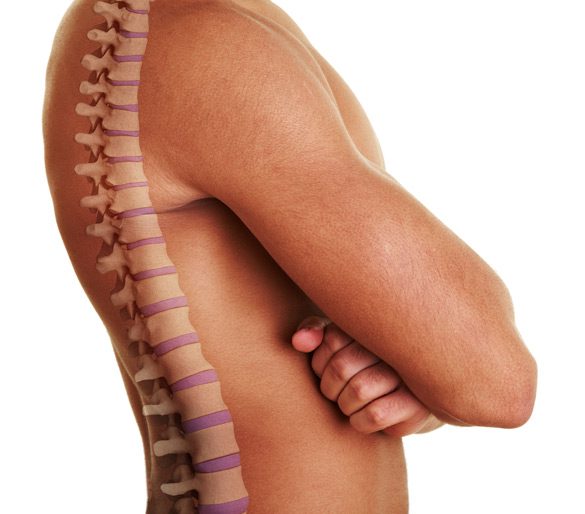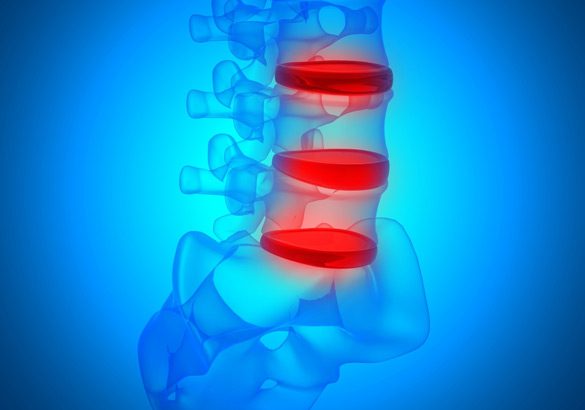Spinal decompression can take the form of a surgical or non-surgical approach to relieving pressure on nerves, often caused by a bulging (herniated) or slipped (spondylolisthesis) disc. For therapeutic purposes, spinal decompression may involve the use of a mobilization device and a traction table. Laminectomies and microdiscectomies are among the most common surgical options used to decompress nerves responsible for pain frequently felt in the shoulders, arms, hips, thighs, buttocks, or legs.

Spinal Decompression Therapy
Non-surgical spinal decompression therapy works by stretching and relaxing the spine. During non-surgical decompression, the patient lays on a special table. The top part of the table remains stationary as the lower half moves to provide traction. A harness around the hips holds the patient in place. Depending on the specific device use, the patient may by lying face down or on their back.
Customized to a patient’s specific comfort level and source of spine pain, therapy typically consists of a series of 30 to 45 minute sessions. Traction is applied in a way that allows the stretch to be felt in the affected area of the spine. There shouldn’t be any pain experienced from the adjustments. It’s believed spinal decompression eases pain from nerve pressure by:
- Stimulating the release of the body’s natural “feel good” hormones (endorphins)
- Making it easier for beneficial nutrients to get to the damaged disc
- Allowing disc material to be eased back into the disc
Spinal Decompression Surgery
Surgery for spinal decompression includes any procedure that eases nerve pressure from a damaged disc, thickened joint, bony growth (bone spur), or narrowed spinal canal (spinal stenosis). The type of decompression surgery performed will depend on what’s causing the pressure on nerve roots.
With a discectomy, all or part of the damaged disc is removed. A laminectomy involves removal of part of a portion of the spinal canal (lamina). Often performed with minimally invasive techniques, spinal decompression procedures may also include:
- Removing bony growths (osteophytes)
- Expanding openings for nerve roots (aminotomy or foraminectomy)
- Removing part of the vertebra and the disc (corpectomy)

Preparing for Spinal Decompression
Neither non-surgical or surgical will correct underlying causes of spine pain. For this reason, it’s important for patients to achieve an accurate diagnosis. Making positive lifestyle adjustments with diet and exercise may also improves results with decompression techniques or procedures.
Results from Spinal Decompression
Surgical decompression is successful approximately 80 to 90 percent of the time. Studies on spinal decompression therapy have shown success rates ranging from 70 to 85 percent. Individual results will depend on several factors, including whether or not there are additional sources of back or neck pain and the overall health of the patient.
The first attempt at spinal decompression is usually with non-surgical treatments unless there is a pressing medical urgency to relieve pressure on nerves. Spinal decompression is sometimes combined with traditional remedies for spine-related discomfort, including massage therapy, heat and ice applications, and the use of anti-inflammatory drugs. Surgical decompression is usually followed by physical therapy to recondition back-supporting muscles.
